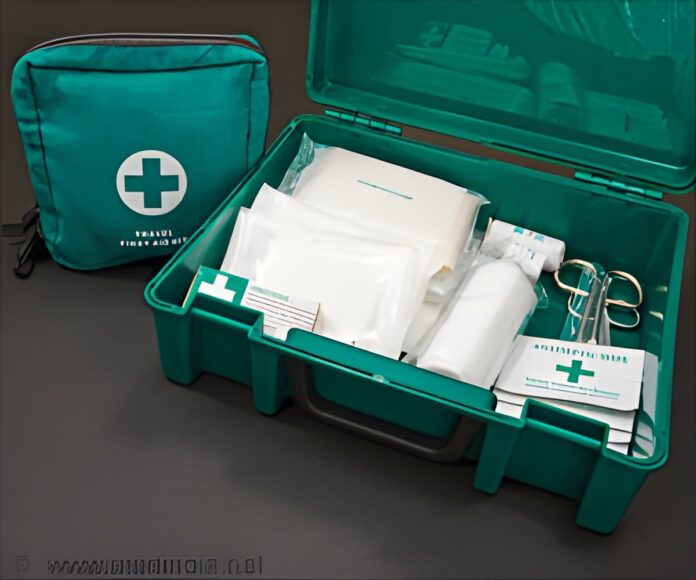Medical tourism is traveling abroad to get affordable, quality healthcare not easily available locally.
As the United States imposes steep tariffs on medical imports from China, a new report warns that these trade policies may have unintended consequences for the medical tourism industry. The report by GlobalData, a leading analytics firm, highlights how recent changes in US trade policy are driving up the cost of healthcare domestically and pushing more patients to seek affordable medical treatment abroad.
The US has recently levied high tariffs on a broad range of medical goods imported from China—including syringes, surgical gloves, and face masks. These products are essential for routine medical care and surgical procedures. The increased costs associated with these tariffs are straining hospital supply chains and inflating the overall cost of healthcare in the country.
“These items are integral to a wide variety of medical procedures and daily healthcare operations. The imposition of tariffs on such goods has disrupted supply chains, constrained hospital procurement strategies, and driven up the cost of healthcare delivery across the US,” the report stated.
Medical Tourism on the Rise
Countries like India, Mexico, Thailand, and Costa Rica are emerging as popular medical tourism hubs due to their competitive pricing and internationally accredited hospitals.
For example, the cost of a knee replacement surgery in the US may exceed $50,000, while the same procedure in India or Mexico ranges from $8,000 to $12,000. This vast price difference is compelling patients — particularly the uninsured and underinsured — to seek treatment overseas.
“While the intended impact of tariffs may not have been to affect healthcare, they do shape patient behaviour,” said Alexandra Murdoch, Senior Medical Analyst at GlobalData. “The rise in the cost of medical devices ultimately leads to more out-of-pocket expenses for patients.”
Unintended Economic Consequences
The report warns that tariffs on medical imports are not just altering trade dynamics—they are also influencing domestic healthcare economics. Hospitals and clinics, already under pressure from labor shortages and inflation, are now facing higher costs for essential medical tools and equipment.
As a result, healthcare providers may be forced to pass these costs onto patients, exacerbating financial strain for those without comprehensive insurance. This could further accelerate the trend of outbound medical tourism, especially among cost-conscious consumers seeking affordable alternatives.
Unless the current trajectory of trade policy and healthcare costs is reversed, the trend of Americans looking overseas for medical care is likely to continue — raising new questions about the intersection of economic policy and public health.
With the global healthcare landscape becoming more interconnected, the ripple effects of US tariffs may extend far beyond economics, potentially reshaping how and where Americans access life-saving treatments.
Source-Medindia


